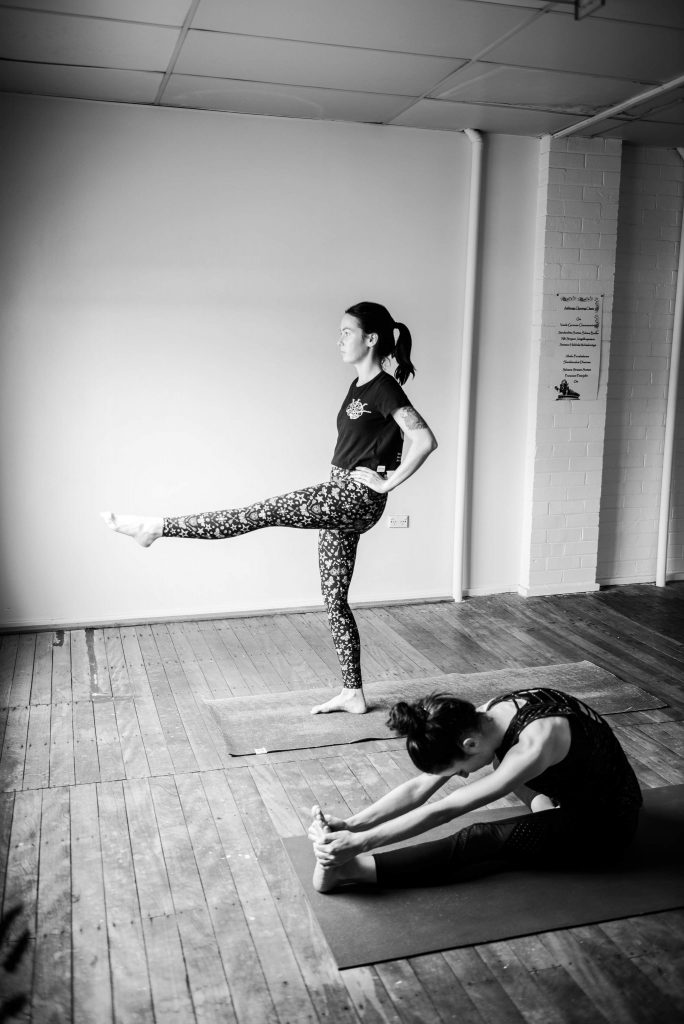
What is Ashtanga Yoga?
I often get asked what “Ashtanga” means, or what is different about the type of yoga that I practice. Here is a bit of an explanation!
Yoga asana or postures, have been practiced in India for thousands of years by different groups of practitioners and ascetics. The spread of what we commonly call “yoga” in the West today is usually traced to one main teacher – a man called Krishnamacharya, who was born in 1888 and taught in the 20s, 30s and 40s in India. Krishnamacharya is known as the father of modern yoga because he contributed to the revival of yogic practices as we know them today. He was an immensely learned scholar as well as a practitioner of ayurvedic medicine and he approached yoga as both a spiritual practice and a type of physical healing. The word “Vinyasa” is a Sanskrit word from the method he taught which involves linking movement and breath in a flowing sequence of movement.
Among Krishnamacharya’s students, around 6 became very well known and influential in the spread of yoga around the world, and especially in the west. Two main schools started by two of these students are still distinct and active to this day. The two schools are known as Iyengar Yoga and Ashtanga Yoga. B.K.S Iyengar was the brother-in-law of Krishnamacharya. He founded his own yoga school with a distinct style focusing on precision in asana and the use of props to correct alignment.
Jois focused on teaching specific sequences of linked asanas or postures which were performed in the same order each time. He created multiple series of movements using this method, the most basic being the “Primary Series” however, there are more advanced series such as Intermediate (Second) Series, and Third Series, all the way up to the Sixth Series.
Ashtanga is known for being an athletic and challenging style of yoga. It is also known for the method of practice – dubbed “Mysore style” for the traditional birthplace of Yoga. Mysore style is a form of practice in which the students are taught the appropriate poses personally by the teacher. During a practice session, students perform these poses at their own pace, under the teacher’s supervision. It’s kind of like a small group personal training session in a gym – each person might be doing a different exercise, and the trainer walks around checking on each person and delivering guidance. In a Mysore style session, you can expect to find very advanced and very beginner students practicing in the same session alongside one another. If you want to know more about what a Mysore style session is like, I wrote a FAQ for Ashtanga Yoga Newcastle which lists the most commonly asked questions people have when they hear about this type of class format.
Part 2 of this blog coming soon: What is the difference between Ashtanga yoga and regular (vinyasa) yoga?



Leave a Reply
You must be logged in to post a comment.